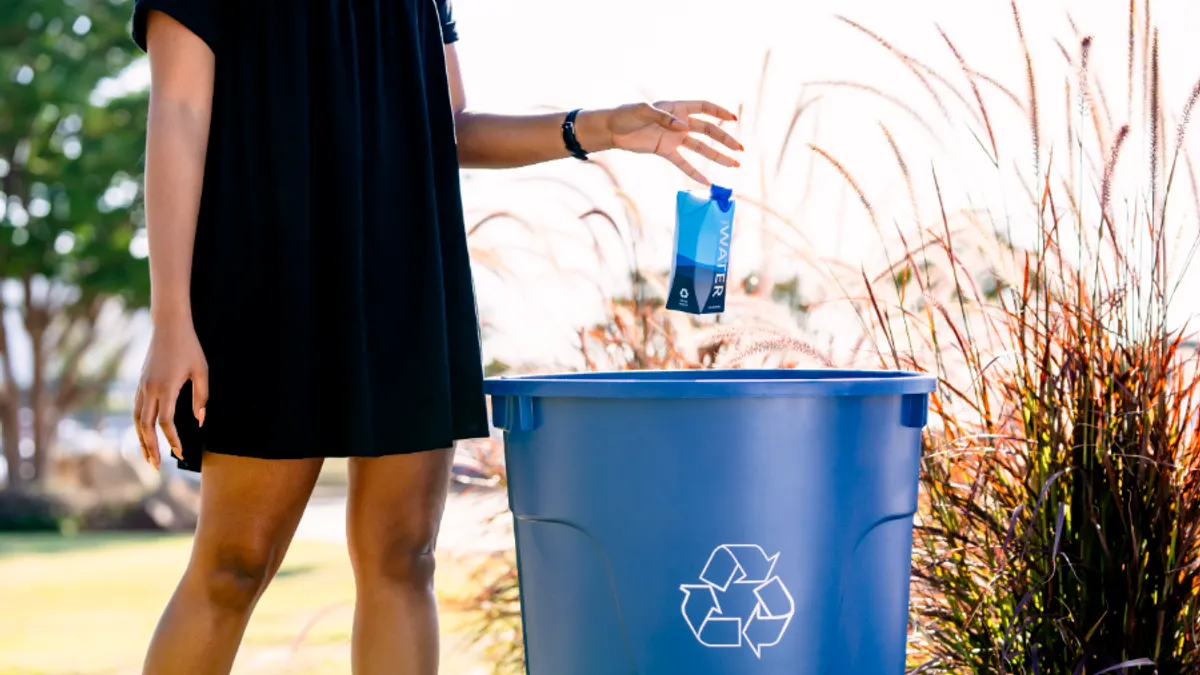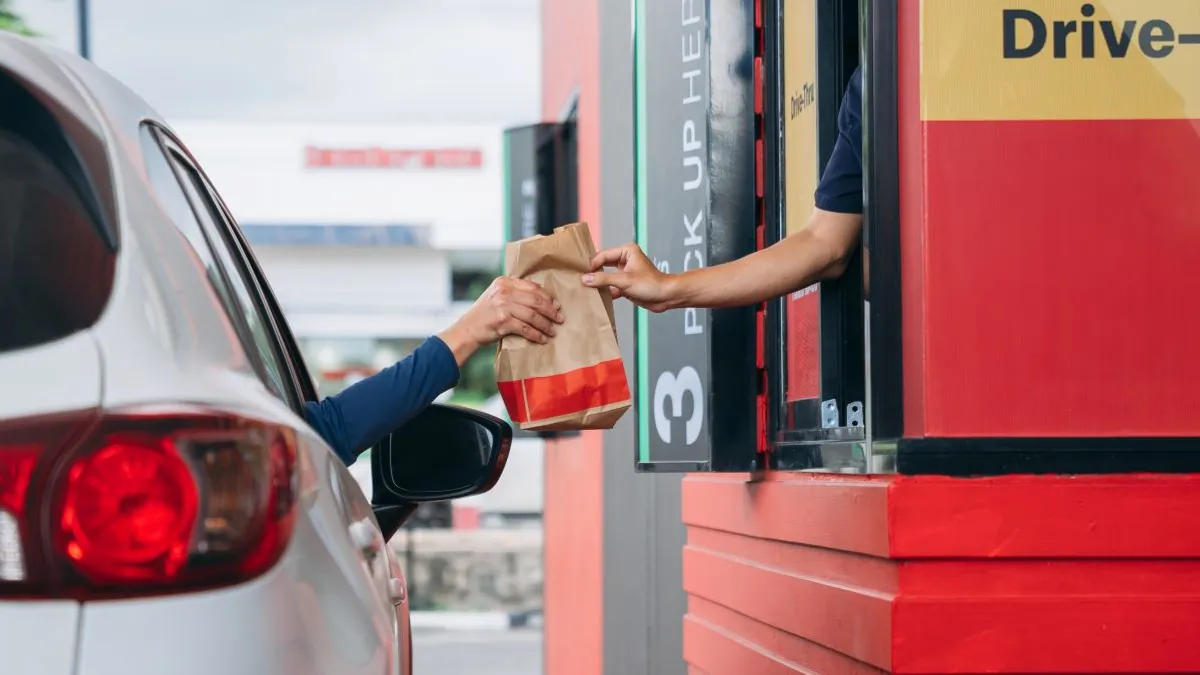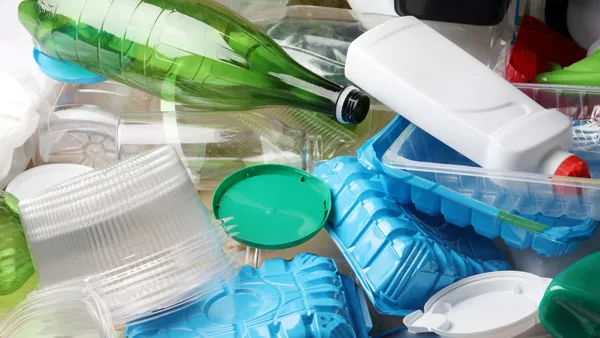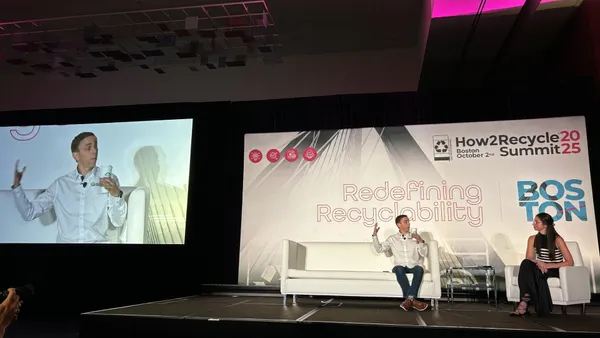Fifteen years ago, many food and beverage cartons ended up in the trash. At the time, most recycling programs didn’t accept them, consumers didn’t know if they could recycle them and end markets didn’t recognize the value in the recovered material.
That’s changed. Most households across the U.S. now have access to food and beverage carton recycling, either at the curb or at recycling drop-off collection sites. An industry group helped to orchestrate stronger end markets, upgraded sorting technology and education to make carton recycling access available to the majority of the population. What started as a small project soon became a model for progress in the recycling industry.
Carton recycling didn’t just materialize overnight. It evolved through persistence, collaboration and a lot of local problem-solving.
Jason Pelz, VP of Sustainability for Tetra Pak in the U.S. and Canada, says a major turning point came in 2017, when cartons reached the Federal Trade Commission’s 60% household access threshold*, allowing cartons to legally be labeled as “recyclable.”
“That was a huge milestone that only happened because of the smaller steps that were taken along the way,” says Pelz. “Each time a new end market opened or a materials recovery facility, often referred to as an MRF, added cartons to its list of accepted materials, that was progress.”
Those incremental gains built momentum as cities of all sizes expanded their programs, sorting capacity grew and demand for recovered materials strengthened. Over time, those efforts pushed carton recycling from a local experiment to a national success story.
Connecting the carton recycling chain
Turning cartons into a true recycling success story took more than upgraded sorting lines or consumer campaigns. It required an industry-wide push to connect every link in the value chain to ensure that packaging suppliers, communities, haulers, materials recovery facilities (MRFs) and end markets all moved in the same direction.
Jordan Fengel, Executive Director of the Carton Council (of which Tetra Pak is a founding member), says that alignment made the difference. “End markets can’t grow without reliable material supply, and MRFs won’t invest in sorting without proven demand,” he explains. “Both depend on communities and haulers to ensure recyclable materials are collected.”
Industry partners worked together to close those gaps. It began with food and beverage carton suppliers understanding how their materials moved through the recycling chain and designing for recyclability from the start. Communities added cartons to local recycling programs, haulers collected them more consistently and MRFs installed technology to sort them efficiently. End markets, which are the companies that turn recovered materials into new products, bought post-consumer carton bales and produced new products from them. Each improvement built on the last, pushing carton recycling access from pilot projects to a widely recyclable material in the U.S.
Keeping that progress on track requires steady investment and commitment from every link in the chain. “Carton recycling isn’t an ambition anymore,” Fengel says. “Every day, communities across the country collect cartons, MRFs sort them into either a food and beverage carton bale or mixed paper bale, and end markets turn them into valuable new products — like building materials and paper products.”
Pelz, who also serves as the VP of Recycling for Carton Council, says consistency and persistence also played a part in the overall effort. “We worked with end markets to build demand, helped MRFs handle food and beverage cartons, and supported communities with outreach once access was in place,” he says. “Consistent and strategic investment made carton recycling work at scale.”
Shifting from ‘check locally’ to widely recyclable
Reaching the FTC’s 60% access threshold did more than validate carton recycling. It allowed clearer labeling and built consumer confidence in the material’s recyclability.
Pelz says the process required direct engagement with end markets and MRFs to identify obstacles and develop practical solutions.
“We met with end markets to understand their concerns related to using food and beverage cartons as an input for their process and worked to figure out how to overcome them,” he says. “Some asked for more information, others received small grants for equipment and a few simply wanted proof that the system could work.”
The same approach was taken with MRFs, working facility by facility to explain the opportunity and address unique challenges. “No two MRFs are alike,” Pelz says. “Some benefited from direct support, others from the discussion, but each step moved carton recycling closer to national scale.”
It is also important to note the key role brands play in the recycling value chain. In order for the consumer to know what to do with a package, it must contain clear and accurate recycling messaging. In many cases, this can be as simple as an applicable recycling logo.
Pelz says companies working to improve packaging recyclability should view it as a long game. “It’s a marathon, not a sprint,” he says. Progress takes persistence, creativity and resources, both financial and human. Each material and supply chain presents its own challenges, so there’s no single solution that fits all. “You have to stick with it, test ideas and keep investing,” Pelz says. “That’s how the real change happens.”
Cartons show how design and partnership drive real progress
Looking ahead, Fengel says carton recycling now stands on solid ground.
There are also new opportunities to strengthen the system and expand end markets. For example, Carton Council is working with partners in the value chain to bring new approaches to new regions. “Food and beverage cartons have a proven, functioning recycling network that keeps improving,” he says. “By sharing accurate information and best practices, we can help new markets grow even faster.”
Pelz expects strong collaboration to drive even more progress as packaging sectors work together to strengthen recycling systems and share solutions. “We all work with the same MRFs and many of the same end markets,” he says. “When different packaging groups share ideas and align on goals, we’re stronger together than we are individually.”
Pelz says that focus has helped cartons become part of a mainstream recycling system. It’s a reminder that everyone in the recycling chain benefits when design and infrastructure evolve together.
To learn more about how Tetra Pak supports carton recycling and circular economy growth, visit tetrapakusa.com.
*According to the FTC: When recycling facilities are available to a substantial majority of consumers or communities where the item is sold, marketers can make unqualified recyclable claims. The term “substantial majority,” as used in this context, means at least 60%.










